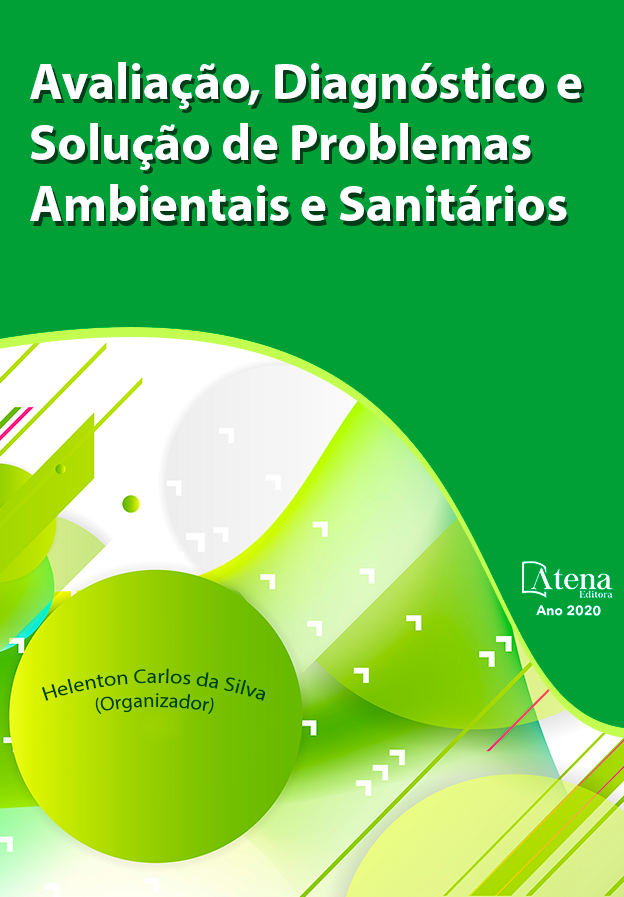
APLICAÇÃO DO MÉTODO AHP NA ESCOLHA DE UMA CIDADE PERNAMBUCANA PARA A INSTALAÇÃO DE UMA CENTRAL HELIOTÉRMICA
A energia hidrelétrica compõe um pouco mais de 60% da matriz elétrica brasileira, o que significa dizer que as energias restantes não são capazes de suprir a demanda elétrica do país em casos de problemas com a energia hidrelétrica. Desta forma se torna necessário explorar novas fontes, ou ampliar as existentes de forma a diminuir essa diferença e encontrar equilíbrio na matriz. A fonte heliotérmica apesar de ter a mesma fonte da energia solar apresenta a vantagem de pode operar em dias chuvosos devido a sua capacidade de acumular calor. Este trabalho tem o objetivo de desenvolver uma ferramenta de apoio à tomada de decisão através do método A.H.P. (Analytic Hierarchy Process) para contribuir na escolha de locais para a instalação de uma central heliotérmica no estado de Pernambuco, podendo assim ampliar o uso de outras fontes de energia na matriz elétrica brasileira. Foram utilizados quatros critérios para seleção: potencial solar, recursos hídricos, linhas de transmissão e infraestrutura. Foram selecionadas doze cidades do estado de Pernambuco dispostas em dez cenários com três cidades em cada cenário a fim de encontrar a opção mais viável para cada cenário. Foi estabelecida uma razão de coerência de 10% e atribuídos valores de cada critério para cada cidade com auxílio do atlas eólico solar de Pernambuco e de documentos da Agência Nacional das Águas. Foi desenvolvido um algoritmo para aplicação do método A.H.P.; os resultados mostraram Petrolina, São José do Belmonte, Floresta, Cabrobó, Goiana e Serra Talhada como melhores opções para construção da central heliotérmica. Todos os resultados obtidos ficaram dentro da razão de coerência estabelecida, desta forma estando ao menos 90% corretos. Espera-se que a partir desta ferramenta novas pesquisas utilizando diferentes critérios, energias, regiões e métodos de tomada de decisão sejam estudados a fim de minimizar o desequilíbrio da matriz elétrica.
APLICAÇÃO DO MÉTODO AHP NA ESCOLHA DE UMA CIDADE PERNAMBUCANA PARA A INSTALAÇÃO DE UMA CENTRAL HELIOTÉRMICA
-
DOI: 10.22533/at.ed.2932025082
-
Palavras-chave: Tomada de Decisão, Matlab, Sertão, Energia Renovável, Pernambuco.
-
Keywords: Decision Making, Matlab, Hinterland, Renewable Energy, Pernambuco.
-
Abstract:
Hydroelectric energy makes up a little more than 60% of the Brazilian electric matrix, which means that the remaining energies are not able to supply the country's electric demand in case of problems with hydroelectric energy.Thus, it becomes necessary to explore new sources, or expand existing ones in order to reduce this difference and find balance in the matrix. The heliothermic source despite having the same source of solar energy has the advantage that it can operate on rainy days due to its ability to accumulate heat.This work aims to develop a tool to support decision making through the A.H.P. (Analytic Hierarchy Process) method to contribute in the choice of locations for the installation of a heliothermic plant in the state of Pernambuco, thus being able to expand the use of other energy sources in the electrical matrix Brazilian.Four selection criteria were used: solar potential, water resources, transmission lines and infrastructure.Twelve cities in the state of Pernambuco were selected, arranged in ten scenarios with three cities in each scenario in order to find the most viable option for each scenario. A 10% coherence ratio was established and values for each criterion were assigned to each city with the help of the Pernambuco solar wind atlas and documents from the National Water Agency. An algorithm was developed to apply the A.H.P.; the results showed Petrolina, São José do Belmonte, Floresta, Cabrobó, Goiana and Serra Talhada as the best options for the construction of the heliotérmica plant.All results obtained were within the established coherence ratio, thus being at least 90% correct.It is expected that from this tool new research using different criteria, energies, regions and methods of decision making will be studied in order to minimize the imbalance of the electrical matrix.
-
Número de páginas: 12
- Diogo Vignoli Diu
- Isabela Alves Da Silva
- Wagner Eustáquio De Vasconcelos
- Yago Fraga Ferreira Brandão


